The Chicago World's Fair 1933 - 'A Century of Progress'
In 1933, my great-aunt Gerda's employer, Count Folke Bernadotte, represented Sweden at the Century of Progress International Exposition in Chicago. (The links go to Wikipedia articles.) The theme of the fair was technological innovation, and its motto "Science Finds, Industry Applies, Man Adapts".
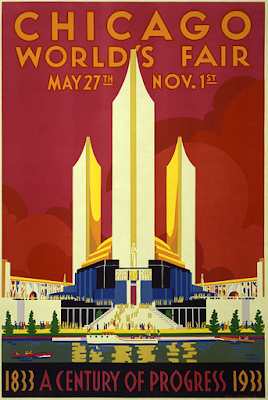 |
| Image of poster, from Wikimedia Commons |
One photo of Gerda has "Pleasantville 1933" written on the back. In another, she is in the company of two little boys, who must be Folke's and Estelle's two oldest sons, Gustaf and Folke Jr (3½ and 2½ years old that summer). These photos have been shown on this blog before (first in September 2012), and with unexpected help from readers in Pleasantville, the location of both was confirmed to be the garden of the Manvilles' estate Hi-Esmaro.
More recently, I noticed yet another photo in Gerda's album that could be from Hi-Esmaro, and seems to include one of the Bernadotte brothers at a young age. The woman in uniform is obviously a nurse/nanny, and I think the one to the left may be Estelle.
My first guess was that this photo too was from 1933 - in which case the boy had to be the younger of the two. After enlarging photos and comparing faces and size, I'm having second thoughts, though. Maybe it's the older brother, Gustaf, but from the summer of 1931? (He was born 30 January 1930, but sadly only lived to be six years old - he died in February 1936.)
As for the house in the background on this photo being Hi-Esmaro, I decided to try a new web-search - which brought up some more photos of the house taken by Keith Walsh, published in a Facebook group "You know you're from Pleasantville, N.Y., if...", in October 2018 - in memory of it then being 40 years since the house was torn down (1978). As Keith sent me other photos of the house in the past, I hope he won't mind if I borrow another one of his here. The photo in Gerda's album may not be from the exact same corner of the house, but the windows do look very similar in style, and the stonework too. (If you click on the link and look at more of Keith's photos, you'll see that it was a huge and rather quirky building - with every side looking different.)
From 1931, the only postcard by Gerda that I have is the one from Örgården in Sweden in September that year (used for Sepia Saturday 622, April 2022). However, Folke Jr was born in Pleasantville in February 1931, and it seems likely to me that the family would have stayed on there into the summer that year, before returning to Sweden.
From 1933 I also only have one postcard - but it confirms that Gerda and the Bernadottes had spent that summer in the US, and also tells us exactly when they returned to Sweden, and by which ship:
Postcard: Wall Street, New York City (M.005.01)
 |
| Bank of the Manhattan Co. Wall Street, New York City |
"The 71-story, 927-foot-tall Manhattan Company Building or 40 Wall Street was built from May 1929 to May 1930. It was the tallest building in the world for about two months, when it was surpassed by Chrysler Building. The building is crowned by a pyramidal roof capped by a spire.In 1955, the Bank of the Manhattan Company merged with Chase National Bank to form Chase Manhattan Bank. In 1995, Donald Trump took over 40 Wall Street." [Geographic Guide New York Historic Buildings]
To: Herr Gustaf Samuelson, Storegården, Fristad, Sweden
From: Gerda (New York, Aug 18, 1933)
K. bror! Tack för brev, såg att du varit ute och cyklat, det var ju trevligt, det har ju varit skön sommar hemma. Här har det varit ganska hett ibland, men nu är det lagom. Vi lemnar [=lämnar] med Gripsholm d. 6 sept, är väl hemma omkring d. 14. Får se om jag kan komma hemåt något, skulle vara roligt. K. hälsningar, Gerda.
Dear brother, Thanks for your letter. I saw that you've been out cycling, that sounds nice. I understand you've had a pleasant summer at home. Here it's been rather hot sometimes, but now it's better. We're leaving with Gripsholm on Sept 6th, should be home around the 14th. I'll see if I'll be able to come home for a visit some time, that would be fun. Love, Gerda
MS Gripsholm was an ocean liner, built in 1924 by Armstrong Whitworth in Newcastle-upon-Tyne, England, for the Swedish American Line for use in the Gothenburg-New York City run. She was of great historical importance as the first ship built for transatlantic express service as a diesel-powered motor vessel, rather than as a steamship. [Wikipedia/MS Gripsholm (1924)]
- - -
 |
| For Sepia Saturday 623, the theme is either telephones, bows, cushions, or anything else you can find in this silly photograph. |
Alexander Graham Bell was awarded the first U.S. patent for the invention of the telephone in 1876. Surely this must have been included somewhere in the 1833-1933 "Century of Progress" exposition!
M/S Gripsholm var Sveriges och världens första dieseldrivna passagerarfartyg i atlanttrafik --- Hon tog 1 643 passagerare och hade 301 mans besättning. Jungfruresan påbörjades den 21 november 1925. Hon var inte bara svenska handelsflottans största fartyg, utan även internationellt ett av de modernaste fartygen på Atlanten. [Wikipedia/MS Gripsholm]
- - -















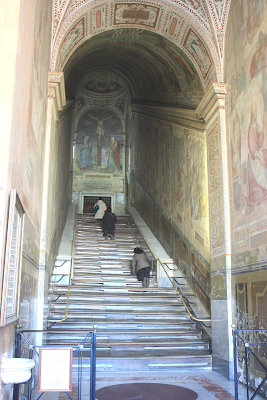





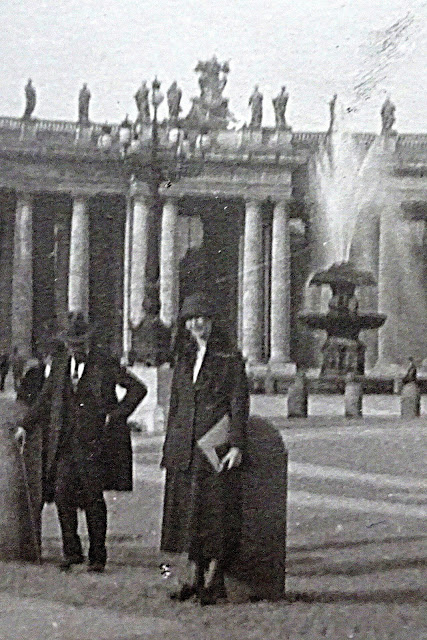



.jpg)







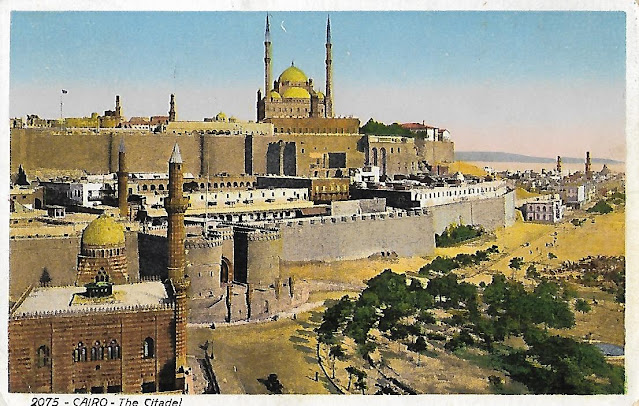


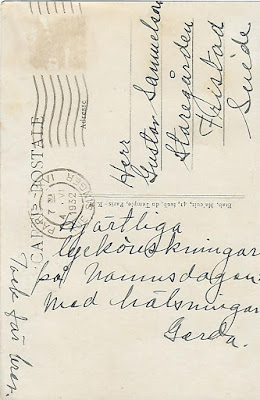

_-_2021-08-17_-_1.jpg)




